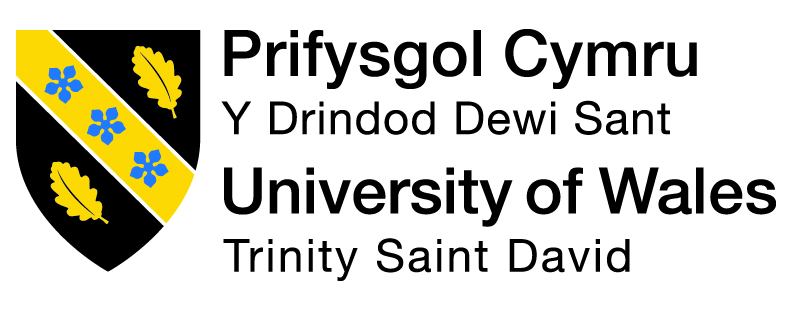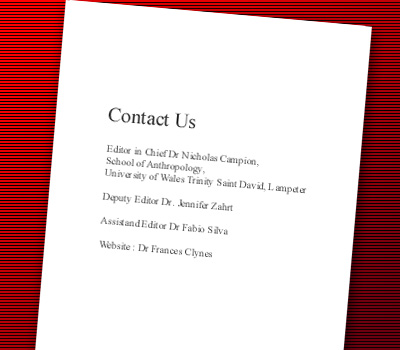We are currently seeking submissions for future volumes of Culture and Cosmos.
Volume 17-1
A Reinvestigation Into Astronomical Motifs in Eddic Poetry, with Particular Reference to Óðinn's Encounters with Two Giantesses: Billings Mær and Gunnlöð
Dorian Knight
Abstract
Archaeological and literary scholarship on Old Norse/Icelandic astronomy has been very scarce. This is no doubt due to what has been perceived as a lack of transparent evidence. Within this article I will re-evaluate how astronomical knowledge can be uncovered in Old Norse/Icelandic literary sources by analyzing mythologically problematic stanzas within Eddic Poem Hávamál.
Stanzas 96-110 of Hávamál tell of a self-contained mythic narrative concerning the god Óðinn's attempted seduction of two giantesses, Billings Mær and Gunnlo¨ð. Using the analytic tools of cultural astronomy and a wide range of philological, cultural and medieval and modern ethnographic evidence as well as insights into other areas of Old Icelandic poetry, I suggest the following: that the relevant stanzas of Hávamál contain two complementarylove stories fundamentally connected to the movement of the waxing and the waning of the moon. We can therefore understand the kernel of this myth as a description of what could be seen in the night sky, although the story is couched in the terms of an aphoristic tale, at the centre of which men and women's deceitfulness towards each other is portrayed with a comic twist.
My conclusion is therefore that it may be possible to interpret certain myths in the Poetic Edda in the light of a technical language that encodes astronomical information through allegory. Therefore, although it may at first seem unusual to locate Old Norse gods in the real-world observations of the night sky, we can choose to read them as a way of describing what is going on in the sky using mythological language.









